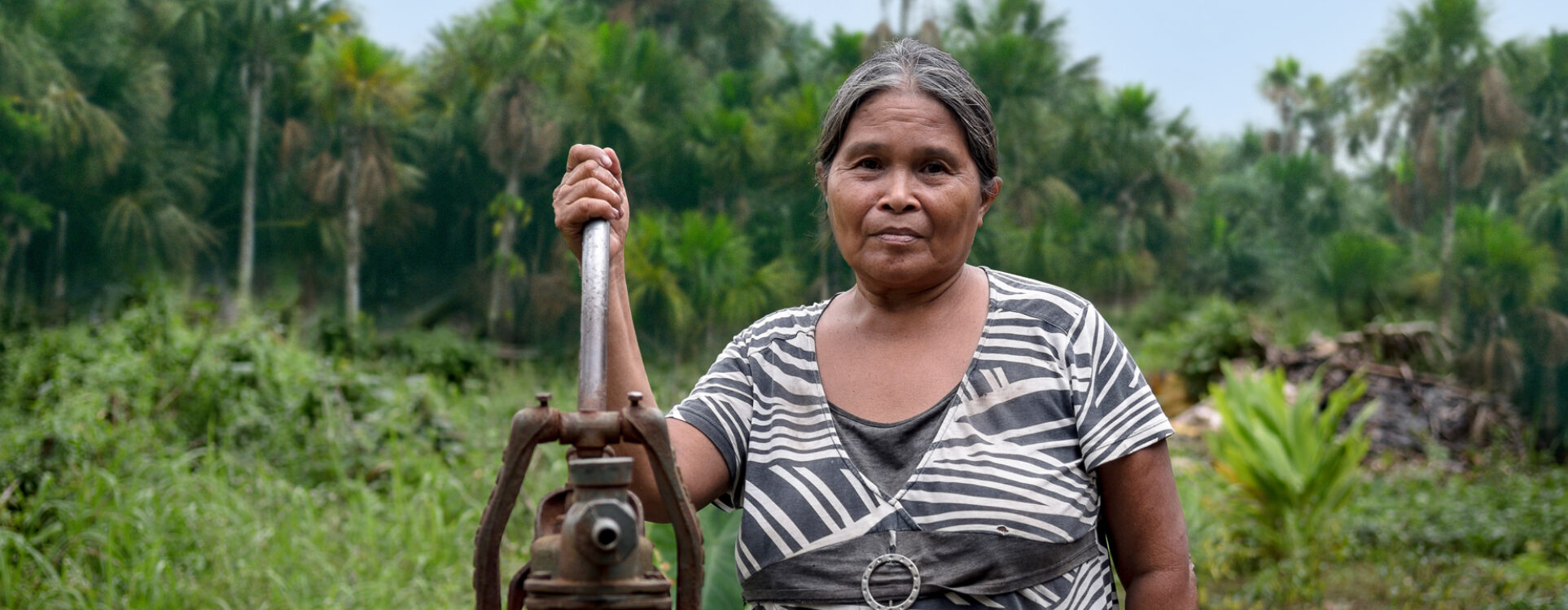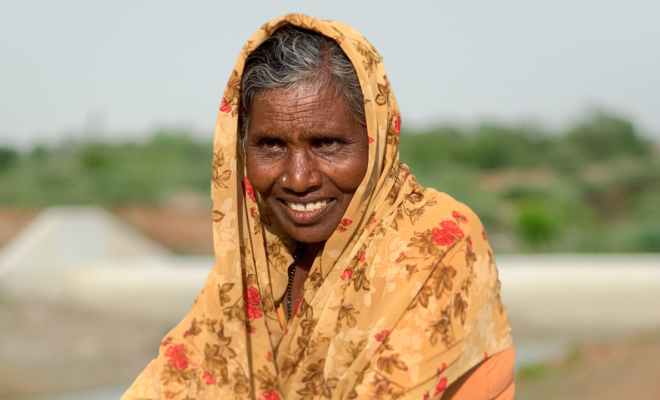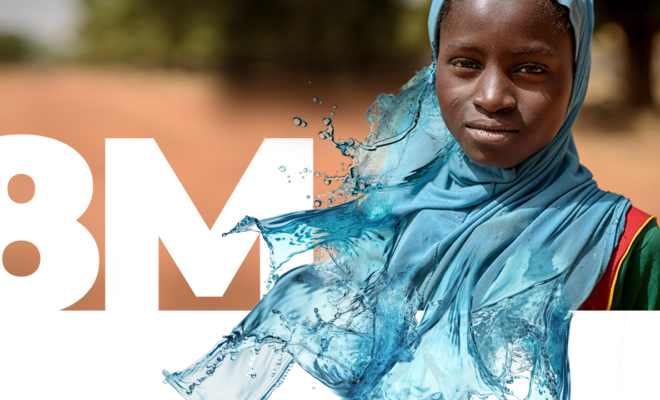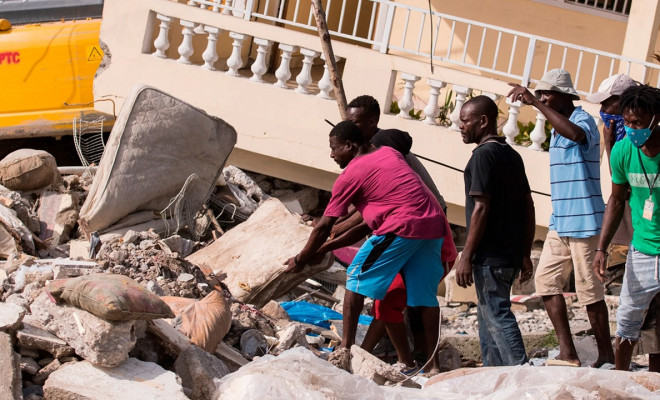On November 8, 2013, Typhoon Haiyan destroyed Roselda Sumapit‘s home in the Philippine region of Leyte. Roselda, a mother of three children under 12, told World Vision: “Like me, almost all the mothers in my community were left exposed to the elements with their children. Many had babies with no water or food. Some had lost family members. The first thing we did was gather together to wait for help.”
It was one of the first projects in which we intervened during the emergency phase: providing water collection containers and purification tablets—aqua tabs—which have saved countless lives by allowing people to drink from ponds and contaminated sources.
“Even though we know the water is not clean, we drink it because we have to survive. That’s why it’s so important to have tablets and know how to use them. Each family needs the right amount. There’s no surplus,” Roselda explained. She and a group of women from her community were trained to use the aqua tabs and then taught others.
They survived for weeks this way until we began the second phase of recovery: restoring supply through provisional water sources and repairing those destroyed by the typhoon. Once again, women led the community organization to secure access to water.
You can see their key role in restoring water for 900 families and schools in Leyte’s poorest communities in this video:
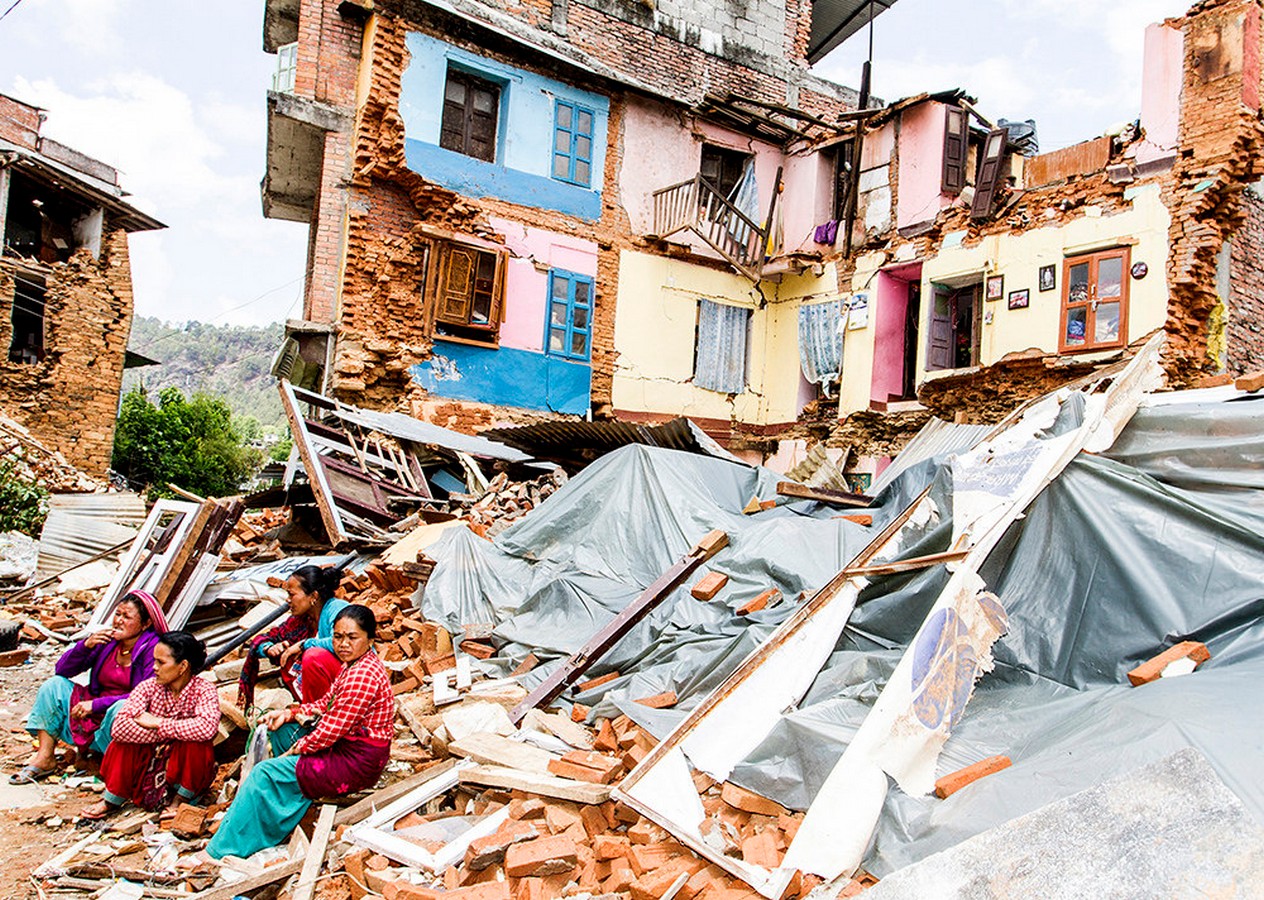
When a natural disaster wipes out basic infrastructure, integrating gender equity into water management policies is far more than a declaration of intent. © Inspiraction, Sam Spickett.
Crucial in Both Phases of Resilience
Whatever the cause of the disaster, emergency response typically unfolds in two distinct phases. In both, the role of women is critical:
- Emergency phase: resilience begins with a water container and a hygiene kit. These ensure water for drinking and cooking and help prevent primary infections. Rapid assessment is essential to identify the most vulnerable and provide priority care.
- Reconstruction phase: restoring water systems that must withstand future disasters and ensure sustainability. Access to water and sanitation must adapt to the new reality after the catastrophe. Unfortunately, haste and short-term thinking often hinder resilient recovery.
In every case, communities must understand the risks and their vulnerabilities. Here, women’s capabilities are their greatest strength.
We have witnessed this in Indonesia after the earthquake and tsunami in Sulawesi, in the devastation left by Cyclone Idai in Mozambique; in Guatemala after the eruption of the Fuego volcano destroyed the water system in Siquinalá, and most recently in Türkiye, after the devastating earthquake.
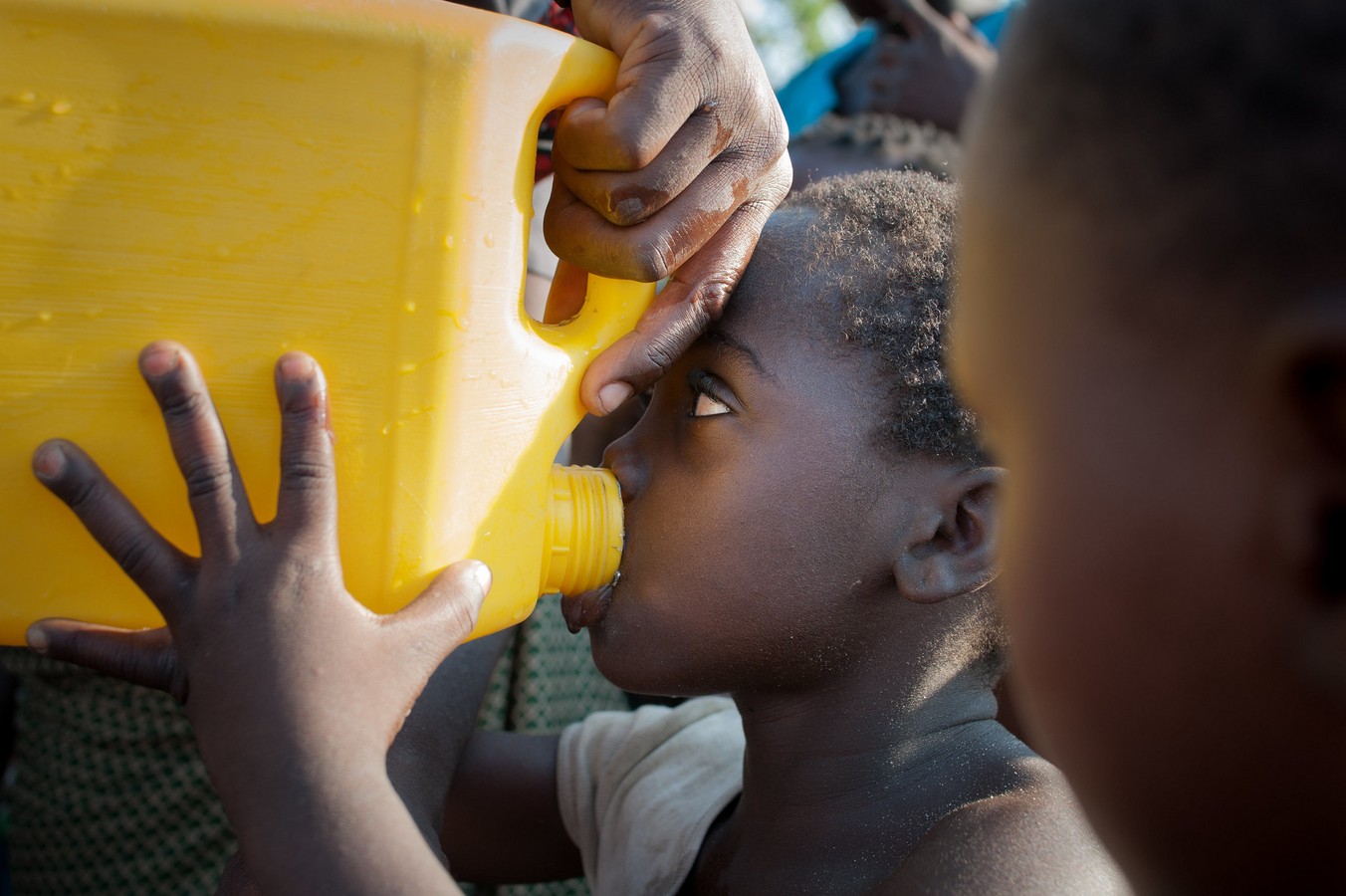
Resilience begins with a water container and a hygiene kit. These ensure water for drinking and cooking and help prevent primary infections. © Christian Jepsen)
What Our Experience Tells Us
Across all our post-disaster recovery projects, we have confirmed what NGOs repeatedly affirm: Water committees with at least 40% female participation achieve faster and more organized restoration of water access compared to those where women are absent or underrepresented.
This effectiveness is grounded in concrete strengths: women contribute knowledge, skills, and leadership, especially in emergencies. Their participation is irreplaceable because:
- They have a comprehensive understanding of the territory. They know where alternative sources are and assess water quality, often being the first to detect contamination or distribution problems.
- They understand the real, daily uses of water: cooking, hygiene, caring for children and the elderly.
- They empathize with families and prioritize accessibility for all groups, including children, the elderly, and people with disabilities.
- They promote cooperation between families and neighbourhoods, easing social tensions and improving community water use.
- Their commitment to the common good fosters teamwork and a strong sense of local ownership.
- They quickly acquire technical skills, creating economic opportunities: pump maintenance, chlorination, and filter production.
- They prioritize practical, accessible, and sustainable community-level solutions.
These qualities also stood out after the earthquake in Nepal. Thanks to the women’s ability to manage essentials, the distribution of containers—essential to guarantee at least four liters of water per person per day—was successful. As in the Philippines, they were directly involved in distributing sanitation facilities and hygiene kits.
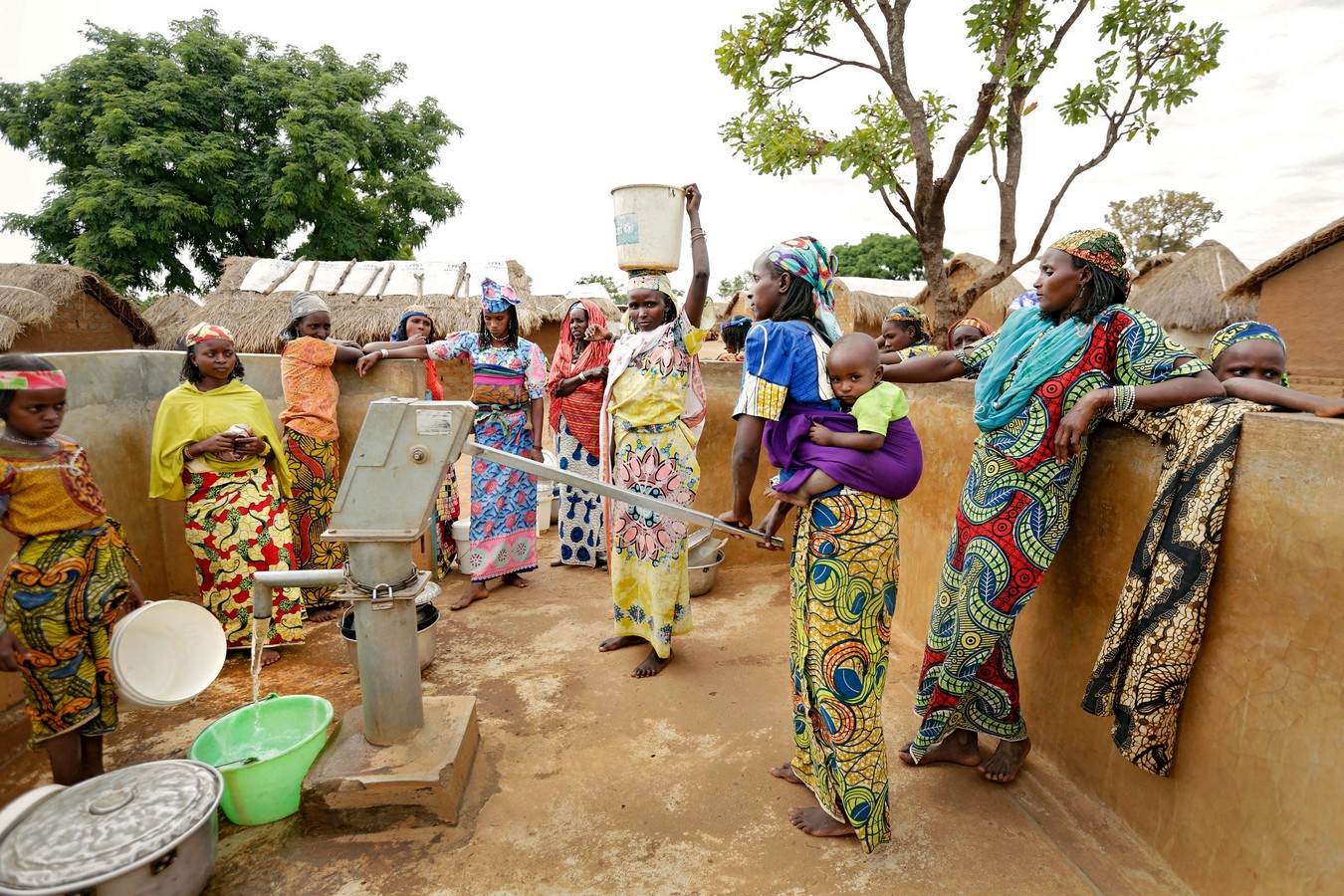
We have long emphasized the urgency of ensuring women’s full participation in resource management. This requires a profound cultural shift to guarantee their full access to water and sanitation.© UN Women/Ryan Brown
A Leadership That Must Be Structural
These experiences have taught us a clear lesson: When women lead, recovery is faster, fairer, and longer lasting.
But how do we make that leadership structural — not just a temporary response during emergencies?
We have long emphasized the urgency of ensuring women’s full participation in resource management. This requires a profound cultural shift to guarantee their full access to water and sanitation.
Integrating gender equity into water policies is not only a matter of social justice — it is also an effective strategy for improving the sustainability and efficiency of water projects. The role of women in post-disaster recovery is a powerful example of this.
Natural disasters shake physical structures but reveal the strength that holds communities together.
In every crisis, women prove that their leadership is not optional but essential. Making it structural, not just circumstantial, is the great challenge of future resilience.


